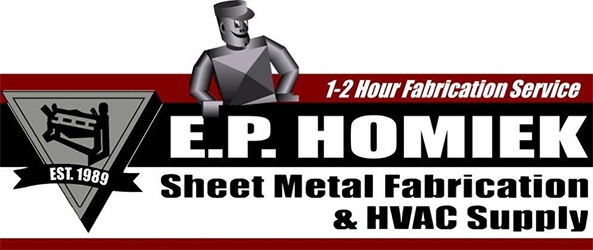Recent Study Shows Residential Airflow Testing and Balancing Saves Energy & Increases Contractor Sales
- Posted on September 4, 2018
- by admin
- in Blog_Posts
- Comments Off on Recent Study Shows Residential Airflow Testing and Balancing Saves Energy & Increases Contractor Sales
Airflow testing and balancing, or TAB, has long been used in large commercial and industrial HVAC systems to achieve peak system performance. Now, it is gaining in popularity with residential customers who want to correct low airflow issues that cause problems like inconsistent temperatures from room to room, poor indoor air quality, poor humidity control, and high utility bills.
In a recent energy efficiency study published by National Comfort Institute, air balance tests were performed on 852 installed HVAC systems. Results showed that the average HVAC system operates at just 48% of its rated capacity. Less than 10% of these systems were performing above 80%. Of the 852 systems tested, 462 owners opted to move ahead with recommended improvements. Upon retesting, the upgraded HVAC systems were achieving an average of 83% capacity. Energy efficiency improved by an average of 34%.
Home and building owners are not the only ones who benefit from airflow balancing. The TAB contractors’ sales closing rate for making system upgrades was an impressive 54%, proving that customers are more likely to make the recommended improvements when presented with detailed airflow test data.
If you enjoyed this article please consider sharing it!




